Everything You Need to Know About Community-Based Tourism
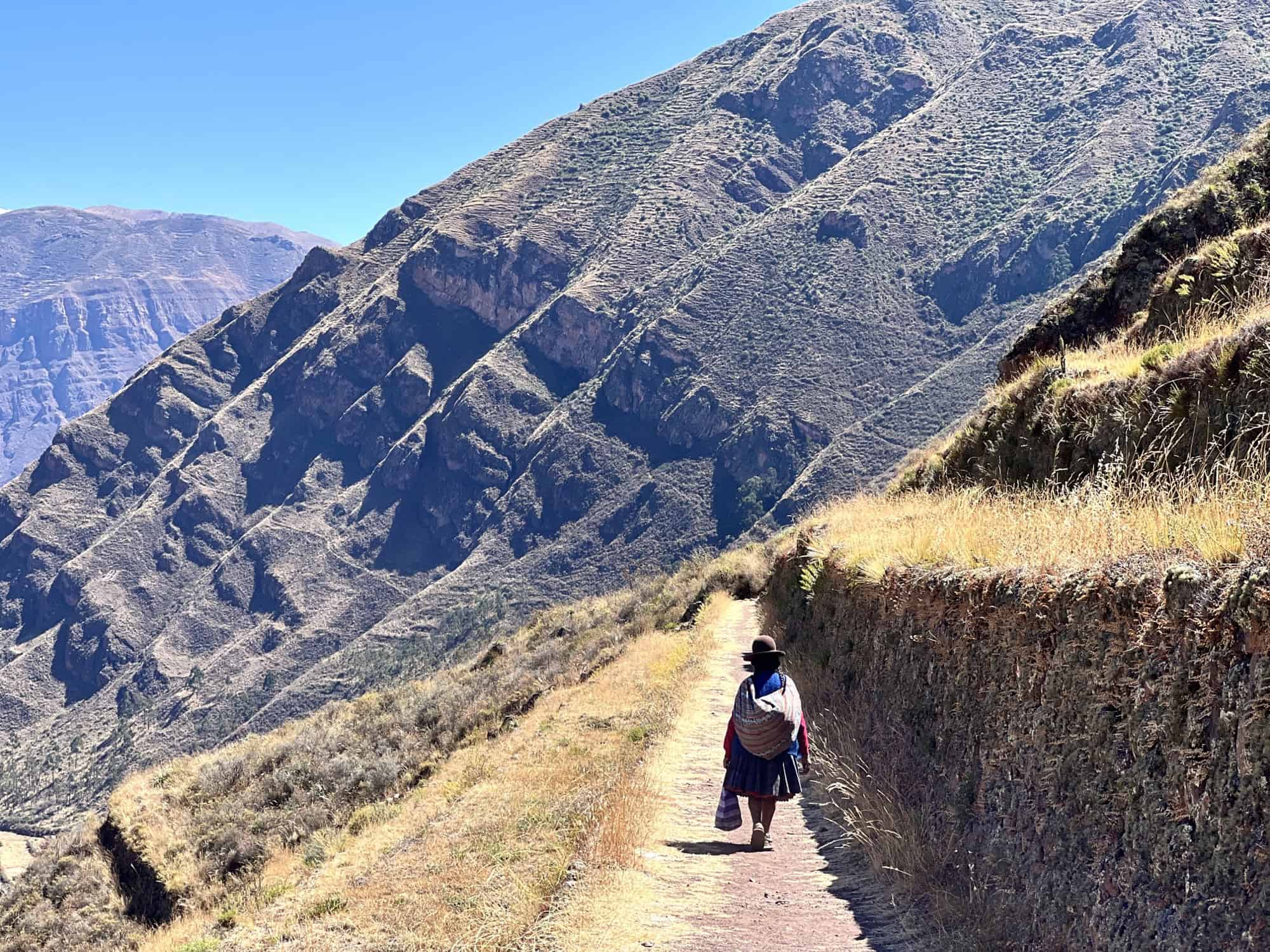
In my early days of travelling, circa 2011, I serendipitously landed up in a remote, rural, agricultural village in North Kerala, surrounded by rice fields, bamboo forests and mist-clad hills. There I learnt that local families took turns to host travellers like me in their homes, and local guides took turns to lead walks and other activities.
The majority of the money I paid went to to the host families and guides, but a small percentage was channeled into a ‘village development fund.’ The entire village voted to decide how that money was to be used – from setting up eco-friendly infrastructure to upgrading the school to ensuring water security for agriculture. This way, tourism in the village – facilitated by Kabani – not just benefitted one or two enterprising individuals, but the entire community.
I didn’t know it then, but this is what is known in the tourism industry as community tourism or CBT, short for community based tourism.
In the years since, I have actively sought out community tourism initiatives around the world. From Thailand to Peru, this has allowed me to spend time with local communities and experience their way of life, while also ensuring that the money I spend as a traveller can be spread out to have a positive impact on the people and places I visit.
Also read: What India (and the World) Can Learn from Sustainable Tourism in Kerala
What is Community Based Tourism (CBT)?
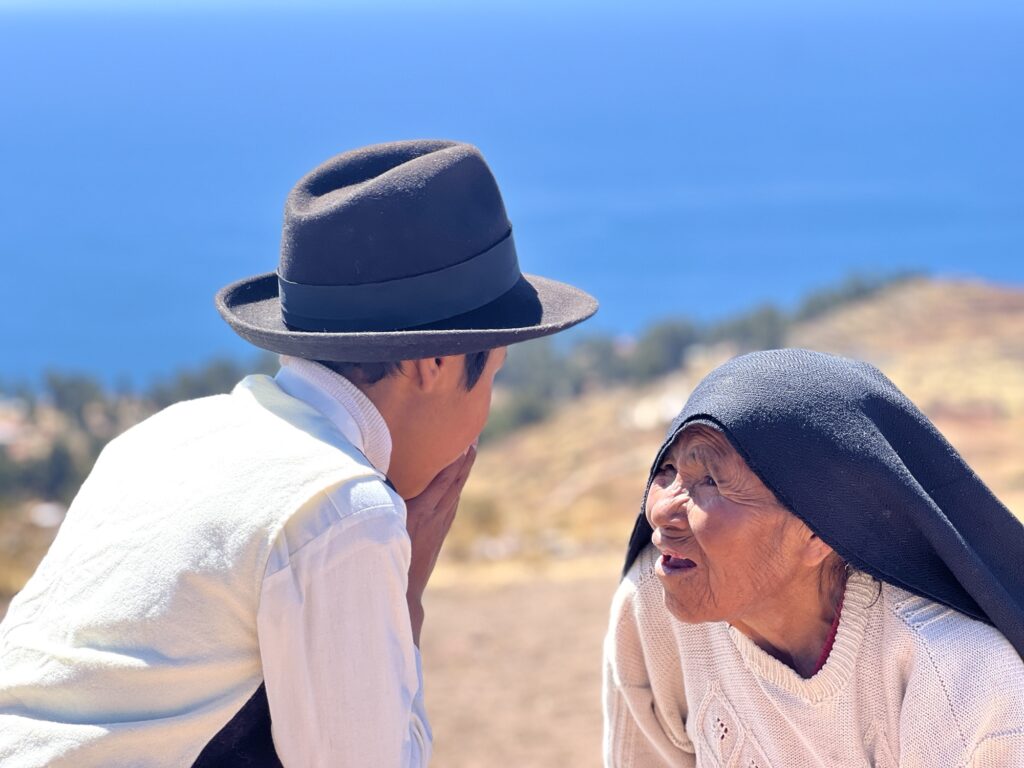
When I was invited to speak at the World Community Tourism Summit by Planeterra and G Adventures last month, this is a question I thought long and hard about. There is no official definition of community based tourism, but here’s how I see it:
“Traditionally, tourism has centered the tourist. Community tourism is tourism that centers the local community. Community tourism experiences are designed to positively benefit the community – not just economically, but also through the preservation of their living culture and natural resources.”
While the term ‘community based tourism’ has been in use for a long time, the phrasing can imply objectification of communities. CBT practitioners are therefore more inclined to use the term ‘community tourism’ or ‘community led tourism’ instead.
Also read: Responsible Travel Tips to Have a Meaningful Trip
Benefits of Community (Based) Tourism
Earlier this year, I had the opportunity to join the first collective of women guides in the Tirthan Valley on a trek in the Great Himalayan National Park. It was such an inspiring experience, that I created a short documentary film highlighting the benefits of community based tourism projects:
Watch this short documentary on community based tourism in Hindi.
Social impact of community tourism
- Community-led tourism can enable local communities to take ownership of tourism where they live. This means they decide if they want tourism, how much tourism they want, and what it looks like.
- Given that tourism is generally extractive, it allows local and Indigenous communities to have control over their natural resources, and ensure their living culture is not commodified for tourism.
- Local and Indigenous communities, especially in the Global South, are extremely vulnerable to the impacts of climate change – despite having contributed the least to it. Community tourism can create alternate employment opportunities to strengthen climate resilience, especially given the unpredictable future of agriculture.
- In Global South societies, women are often expected to stay at home, while male members go out to earn an income. Community tourism can create economic benefits for women by enabling them to earn a living where they live, while balancing other responsibilities. When women earn, the money is noted to be invested in the well-being of the entire community, including the education of girls.
Also read: Can Responsible Tourism Challenge Patriarchy in India?
Environmental impact of community tourism
- Community tourism often contributes to the preservation of natural resources like forests and rivers, given their importance in attracting tourism, which in turn benefits the whole community.
- By using tourism revenues for sustainable development (like solar grids) locally, community tourism initiatives can ensure that community needs are met in a low footprint way. This benefits both the local ecology, and the planet in general.
- Community tourism can help keep alive local traditions linked to conservation, by integrating them into tourism.
Also read: “I Love Spiti” – A Campaign to Save Spiti Valley from Single Use Plastic
Impact of community tourism on travellers
- In the age of overtourism and information overload, I’ve found that community tourism initiatives often enable the most genuine connections and cultural exchange with locals. Some of my most memorable experiences are living with local communities in Uzbekistan, Costa Rica and India!
- Community tourism is the best way to ensure that our money and travels protect the planet, and its incredible cultural and natural heritage.
Also read: Living With an Uzbek Family in the Nuratau Mountains
Community Led Tourism Examples
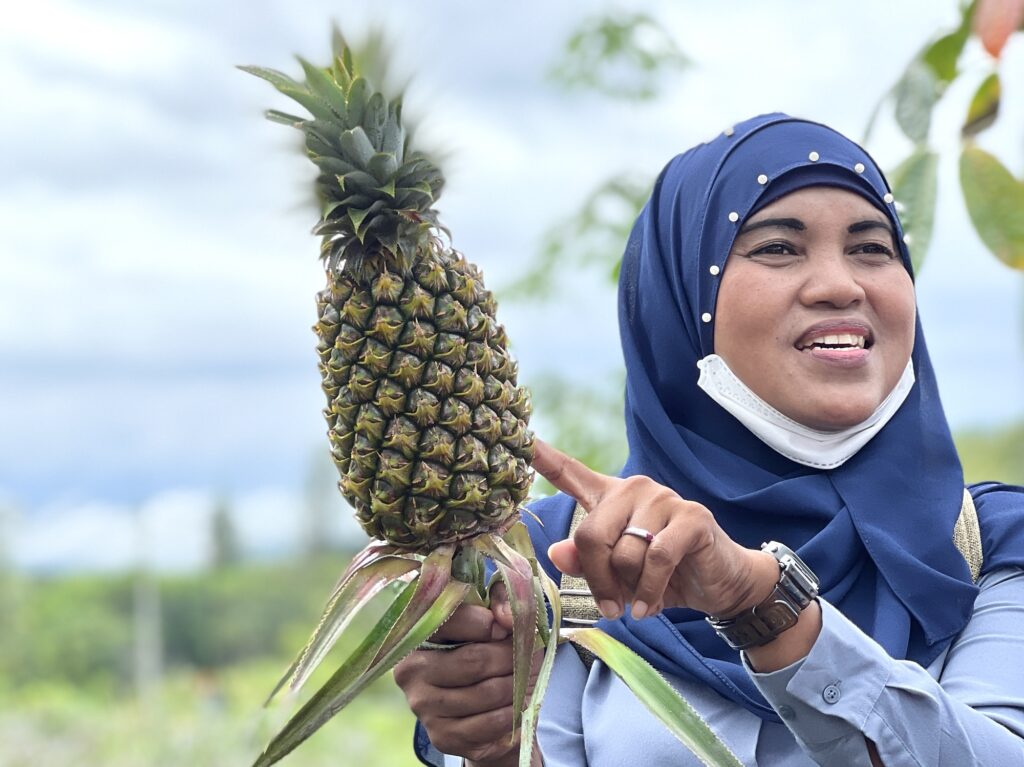
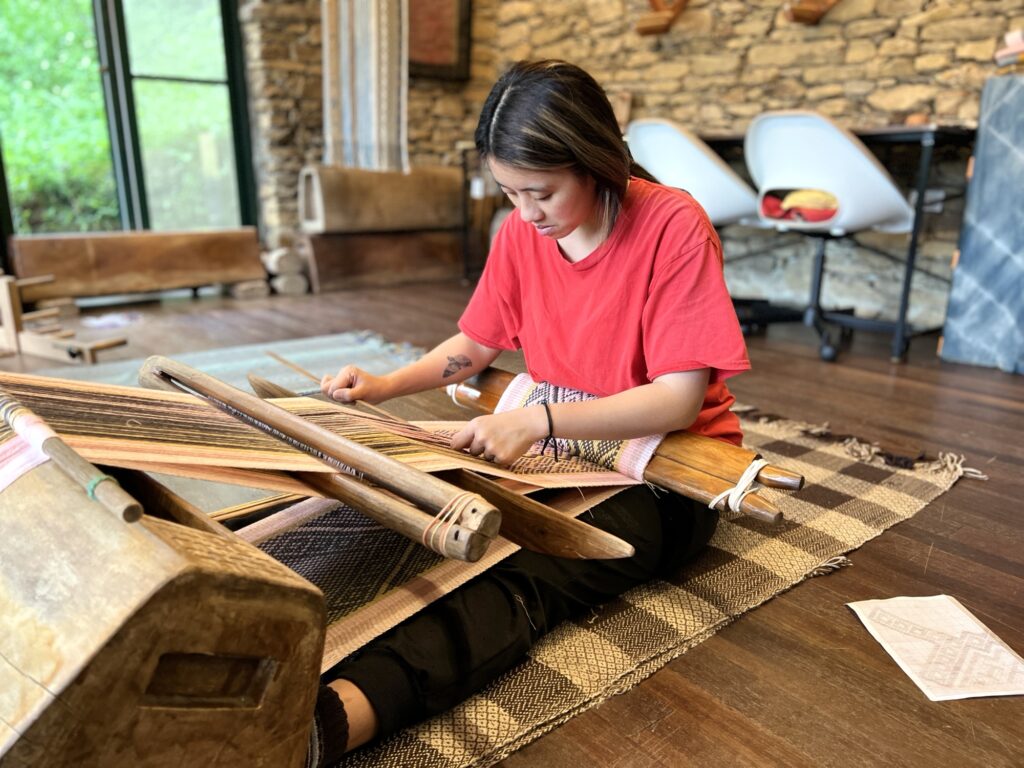
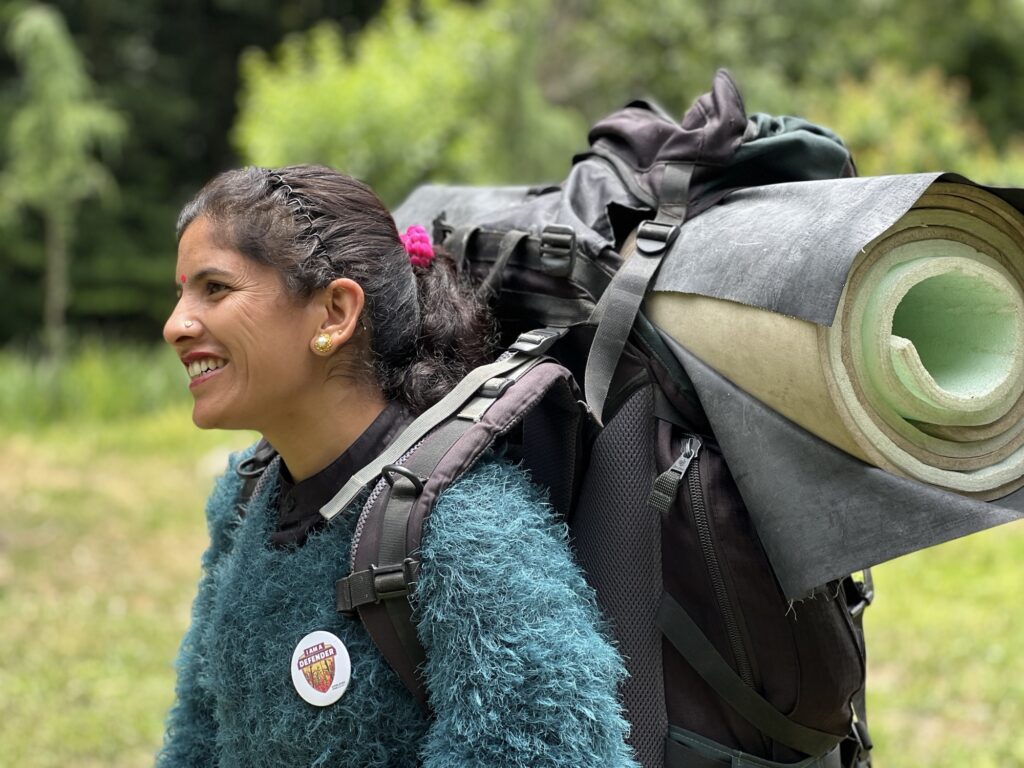
From Thailand to Ecuador, community tourism initiatives are changing the way we experience the world.
Over nearly 13 years of travelling and telling stories at the intersection of travel, local communities and the environment, I’ve been lucky enough to experience the world with several community tourism initiatives. Some examples of community based tourism destinations and organizations are:
Grassroutes Journeys – Maharashtra, India
In Maharashtra, I witnessed the incredible firefly festival with Grassroutes Journeys, where homestays and meals are offered on a rotational basis, and tourism revenue supports the needs of the entire community as well as the conservation of the fireflies who come every monsoon to mate.
Bangrong Community – Phuket, Thailand
In the popular tourism destination of Phuket in Thailand, I met the Bangrong Community who have developed community led tourism to ensure that tourism revenue reaches their community and supports the preservation of their mangrove forests.
Ccaccaccollo Community – Sacred Valley, Peru
In Peru, I was lucky to spend time with the women-led Ccaccaccollo Women’s Weaving initiative, which allows women – who were otherwise financially dependent on their spouses – to make a living through their craft, while staying close to home.
Bulau Bulau – Yilan, Taiwan
At a time when Indigenous Taiwanese villages are turning “modern,” I was inspired to learn about Bulau Bulau‘s journey to create a new Indigenous village, where the youth and elders live together, preserve cultural traditions, and integrate them with contemporary living. A community-run restaurant and limited day visitors meet their financial needs.
Spiti Ecosphere – Himachal Pradesh, India
While volunteering in the high altitude mountain desert of Spiti in India, I learnt how community tourism enterprise Spiti Ecosphere is helping channel tourism revenue for sustainable development in this remote region – from installing greenhouses and solar baths for the harsh winter, to bringing dental and medical care.
Bio Itza – Peten, Guatemala
In Guatemala, I lived with a Mayan Itza family by the stunning lake Peten Itza, through the community-oriented social enterprise Bio Itza. I had the unique chance to experience their way of life, while learning Spanish at a local school. And all revenue generated through tourism directly supported the many local families associated with it – both economically, and through the preservation of their local culture.
Also read: Offbeat, Incredible and Sustainable – Travel Companies Changing the Way We Experience India
Types of Community Tourism
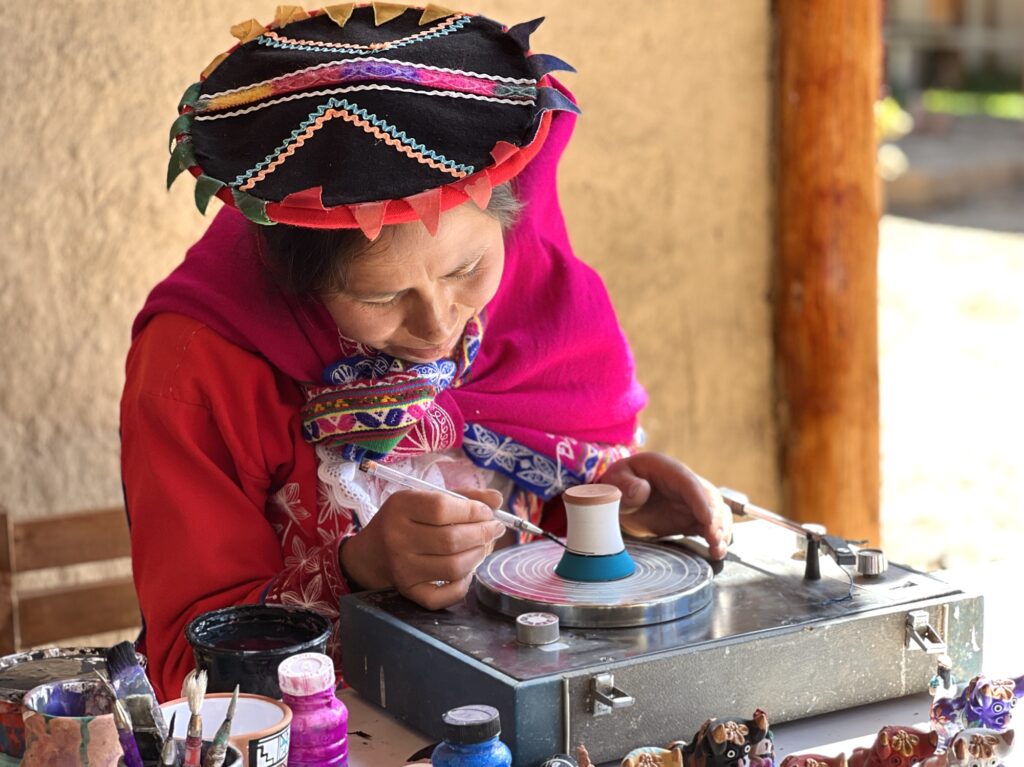
Tourism that centers local communities can take many different forms. These include:
- Nature-based tourism (or community based eco tourism), where guides from the community form a cooperative that is based on fair trade (fair pay) principles. Himalayan Ecotourism in India, for instance, has set up a fair trade cooperative of guides to lead treks in the Great Himalayan National Park.
- Cultural tourism, where community traditions are preserved, and tourism takes the shape of a learning or cultural exchange. In Peru, Tinkuy Community Tourism preserves their heritage clay crafts, and welcomes travellers to learn about adobe agriculture and clay figurines.
- Conservation-linked tourism, where tourism revenue is used to protect shared community resources. Himalayan Ark in the Indian Himalayas channels a small percentage of tourism revenue to protect the forest commons of the villages they work in. Homestay owners and guides also commit to dedicating energy and time to conservation work.
- Culinary tourism, that focuses on local food and community-led culinary experiences. Parwa restaurant in Peru’s Sacred Valley for instance, is run by a collective of women from the local Huchuy Qosco community. They in-turn support the larger community by buying most produce locally, and investing in community needs like solar heaters for the freezing winter.
- Non profit-linked tourism, that offers experiences centered on the core purpose of the non profit, which eventually benefits the community by supporting a cause. Salaam Balak Trust in Delhi, which supports, educates and offers vocational training for street kids, offers a guided city walk run by former street kids – and the revenue directly supports its work.
Also read: My First Course: Get Paid to Travel the World With Purpose

I believe that our deeper instinct to travel comes not from the desire to show off on social media, but by the need to build genuine connections with our kind across the globe. It is a calling to understand and experience ways of being different from our own, while also experiencing and protecting the wild beauty of this incredible planet we call home. Hopefully we’ll see a future where community tourism – with its potential to create positive social, environmental and personal impact – is simply tourism.
Also read: Non-Touristy Things to do in Cusco to Truly Connect With the City
Have you chosen community tourism on your travels? What was your experience like?
Hi there! I’m Shivya, and I started this travel blog back in 2011, when travel wasn’t trendy, Instagram didn’t exist and AI wasn’t a thing (simpler times, I know!). I write about slow, meaningful and conscious travel – that is good for us, the places we visit, the people we meet along the way, and the planet at large. Settle down, grab a cup of tea, and read stories that remind you of the essence of travel. I’m so glad you found me!


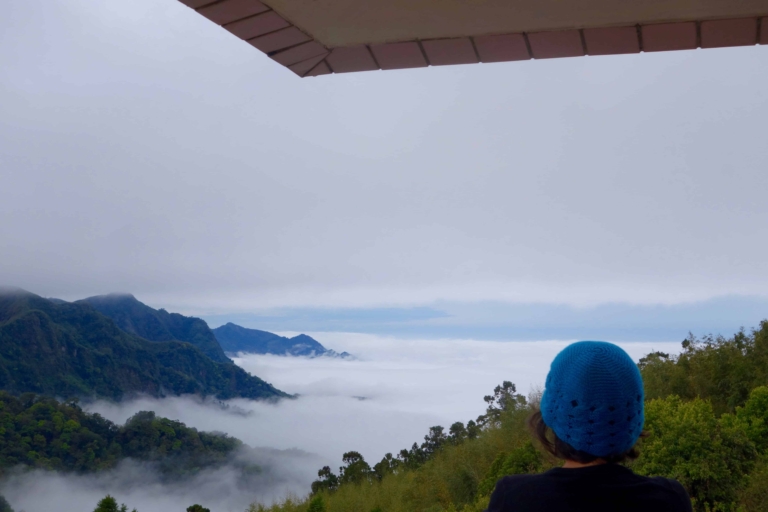

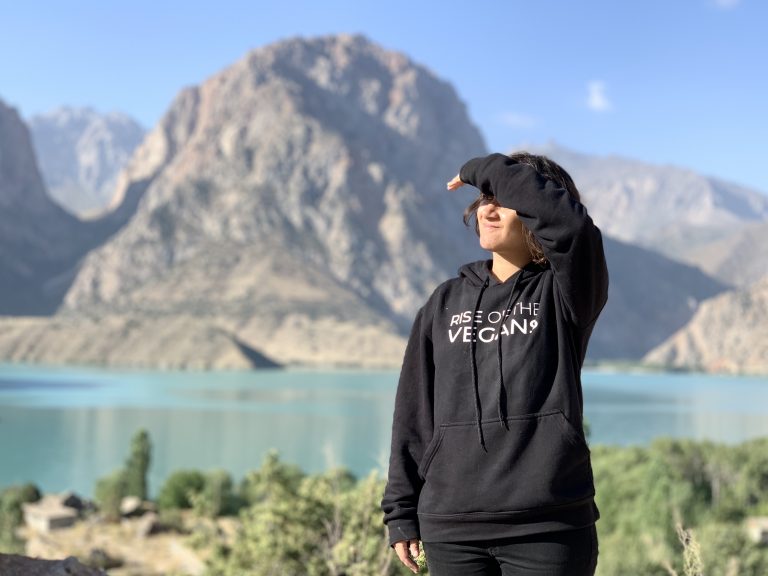
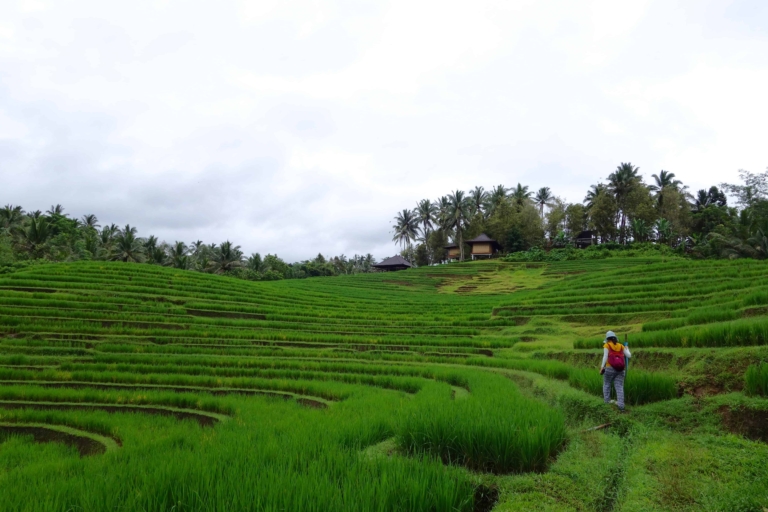
Interesting and detailed, enjoyed reading this. I have a question. Is all kinds of rural tourism community tourism?